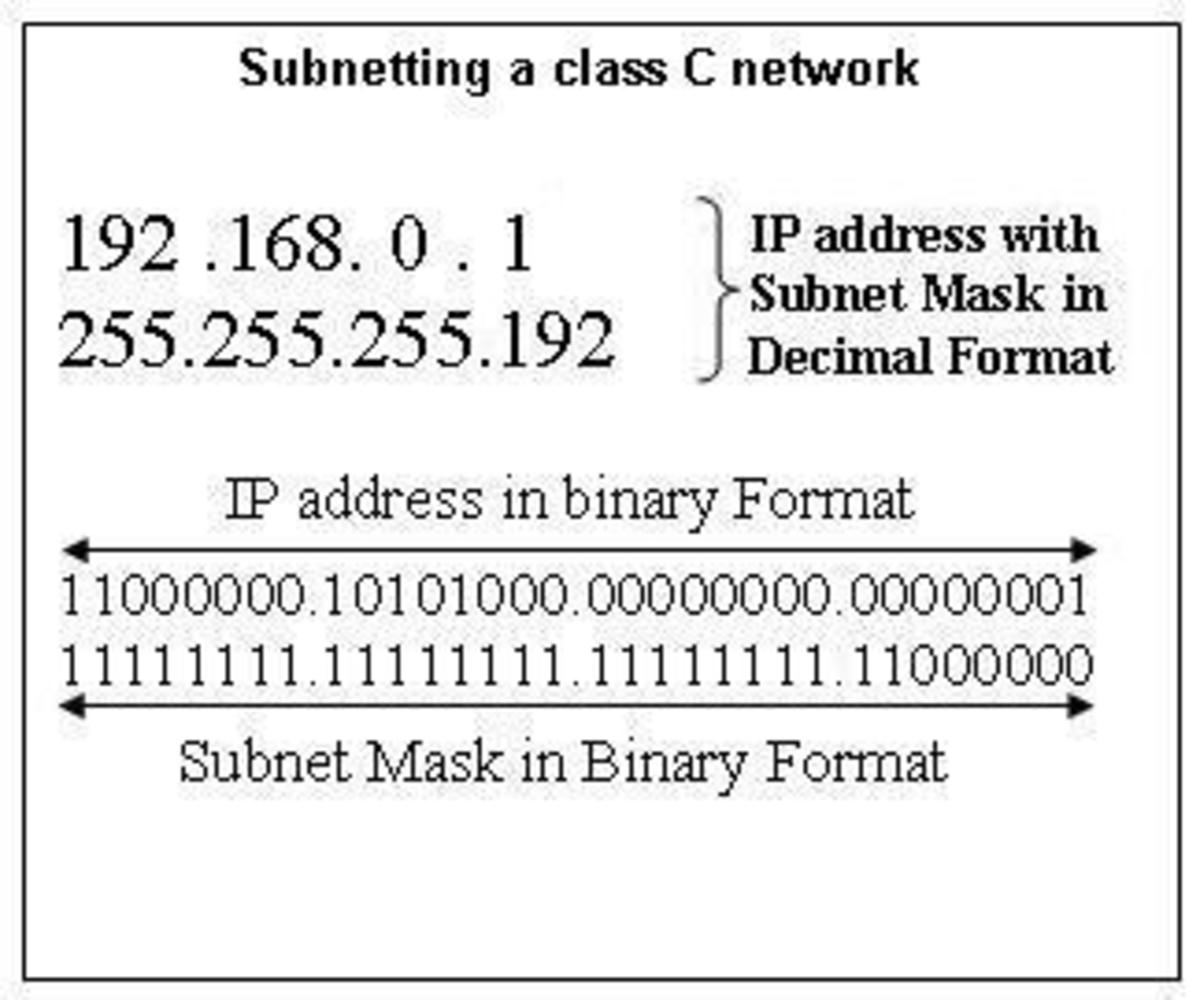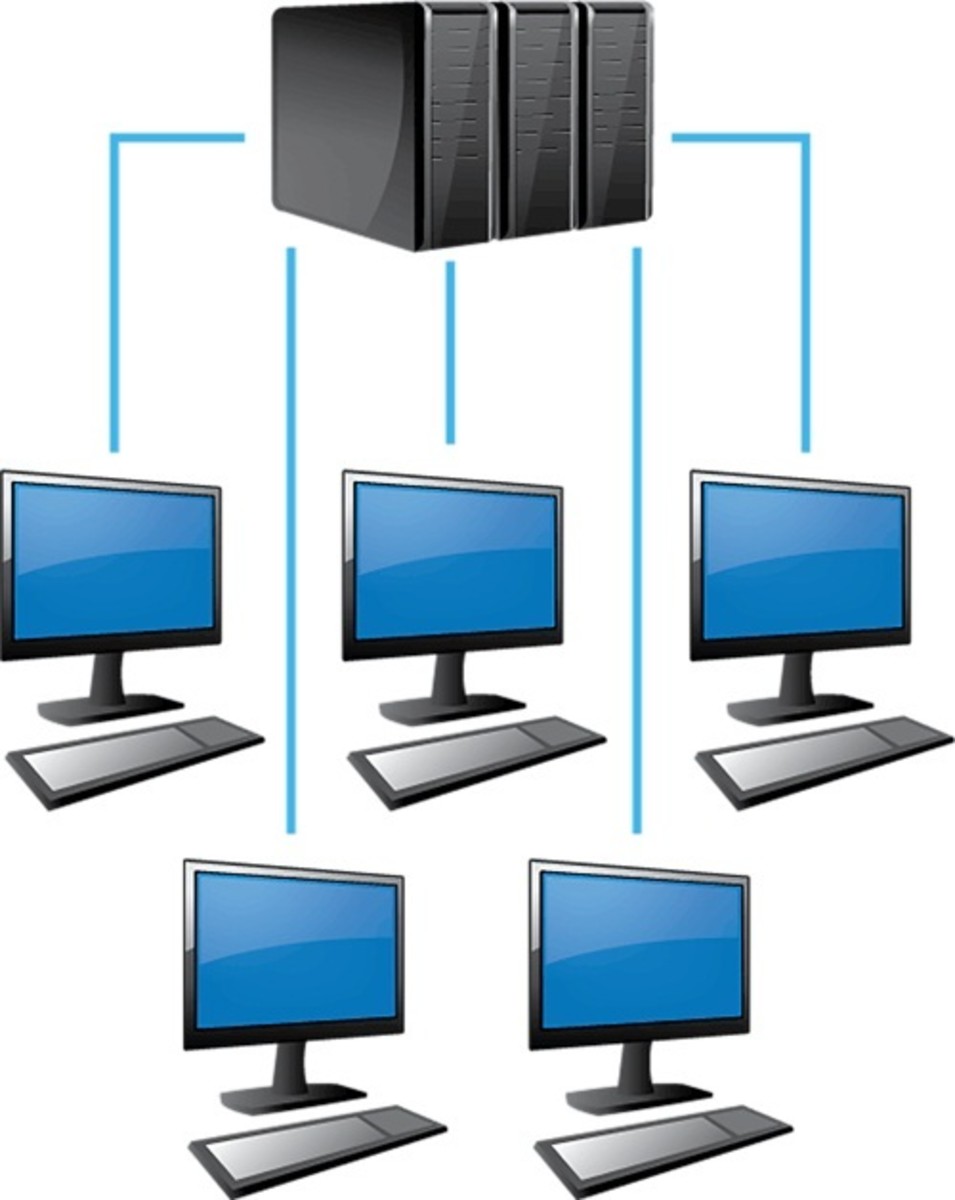The history of domain names

The history of domains can be traced back to the history of computer networks. When Wide Area Computer networks like ARPANET were invented in the early 1960s, there was a need for a system of naming the interconnected computers since the network had potential to grow exponentially.
Initially, the networks were designed to serve the army of America but the concept was later developed to include other organizations and as the network grew, there was a need for a naming protocol. This led to the setting up of the Internet Assigned Number Authority (IANA) in 1972. This body was responsible for the creating of unique addresses for each of the machines on the network. One year into its operation, IANA had begun using the Internet protocol (what is commonly known today as IP) as the standard of naming all computers.
Innovations like emails and newsgroups catapulted the world wide web to a new height in the 70s and the network has been rapidly growing ever since. Usage of IP addresses was easy and fine when few computers were involved. However, as the network grew, there was a need to get a more user friendly naming convention.
The researchers at the university of Wisconsin were the ones that developed the very first name server in the year 1984. Thanks to this name servers, users were no longer required to cram the long strings of numbers that IP addresses are. This was a revolutionary step in the domain naming system and is the foundation upon which the modern day system is built. One year after the first name server was designed; the domain name system was invented. This saw the introduction of top level domains and instead of using IP addresses to represent websites.
History of domains time line
DATE
| MILESTONE
|
|---|---|
1958
| ARPA is created
|
1965
| message protocol invented
|
1966
| Conception of ARPANET
|
1969
| installation of IMP at Stanford University, UC Santa Barbara and University of Utah
|
1969
| Telnet is invented
|
1969
| four host computers cnnected into ARPANET
|
1970s
| ARPA uses stelites to create SATNet
|
1973-1975
| ARPANet grows at rate of one node per month
|
1973
| TCP/IP invented
|
1973
| Ethernet developed
|
1975
| DCA takes charge of ARPANET
|
1980
| LANS creatred in universities
|
1983
| DNS created
|
1984
| the 7 generic TLDs are created
|








